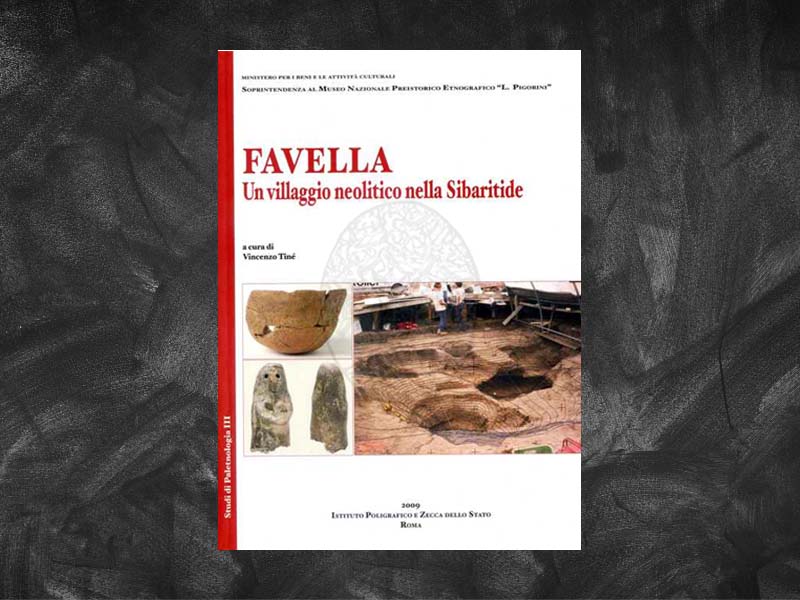Author: Vincenzo Tinè
Publisher: State Printing Institute
Year edition: 2009
Format: Paperback
Pages of the printed version: 629 p.
EAN: 9788824027274
€ 60,00
The Neolithic village of Favella was discovered fifty years ago (1957), investigated for the first time in the early 60s and excavated almost continuously between 1990 and 2002. As often happens, long and tiring years of study and elaboration were then necessary to arrive at the publication of the research results.
After so many years Favella is still the only known Neolithic site in the whole plain of Sibari and one of the very few systematically explored as regards the most ancient phase of the neolithization of the South-East: the one characterized, at the beginning of the XNUMXth millennium BC, by the so-called Ceramics Impresse Archaiche. Unfortunately, the profound alteration of the landscape of the Sibaritide, following the introduction of mechanized agriculture, has profoundly compromised the conservation of the original archaeological record - already affected by the agricultural impact of the classical and Hellenistic ages - and seriously impaired the possibilities of reading and interpretation.
Bearing in mind these limits as regards the residual stratigraphic structure of the site, the importance of Favella for the early history of the Sibari territory appears, in any case, secondary to the possibility, which this site offers, of investigating the initial phase of the neolithization in a substantially single-phase context. The reoccupation of the site in the more advanced phases of the Neolithic (recent and final) is, in fact, distanced from the first by at least 1500 years, characterizing itself in a completely different way as regards the entire ergological spectrum: from the material culture to the structural results.
The short span of life of the first phase of Neolithic occupation of Favella, circumscribed by the exclusive presence of imprinted pottery of the archaic type and by radiometric dating to the first centuries of the 60th millennium BC, represents the best guarantee of a specific analysis, without possible pollution and mixing with materials of immediately subsequent phases, as typically occurs in other key sites on the same horizon. This peculiarity had already been intuited by Santo Tiné with the brief campaigns of the 1990s and motivated the resumption of excavations at Favella in XNUMX and the long and complicated management phase of the data obtained from the investigations.
The Civilization of the Goddess in Italy


